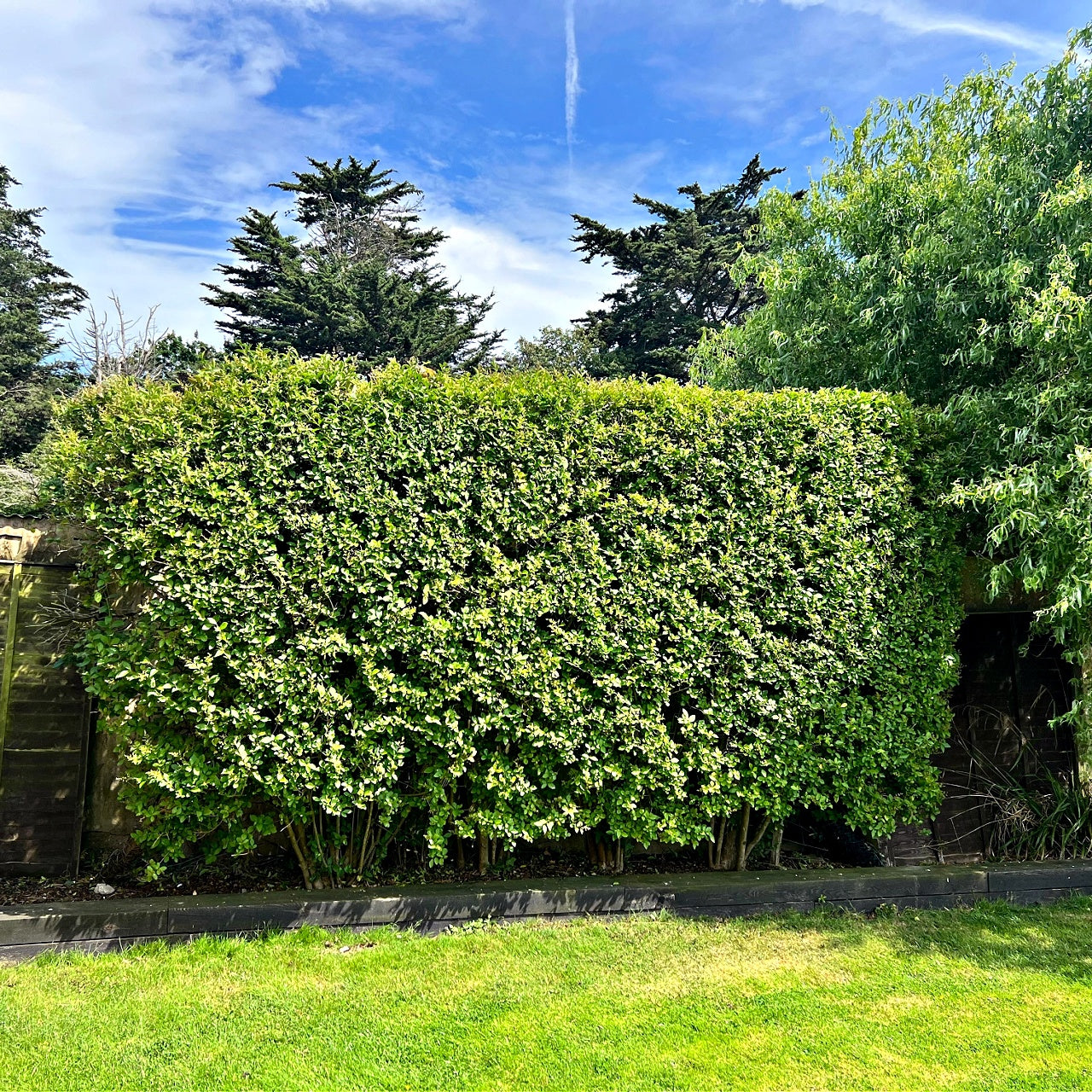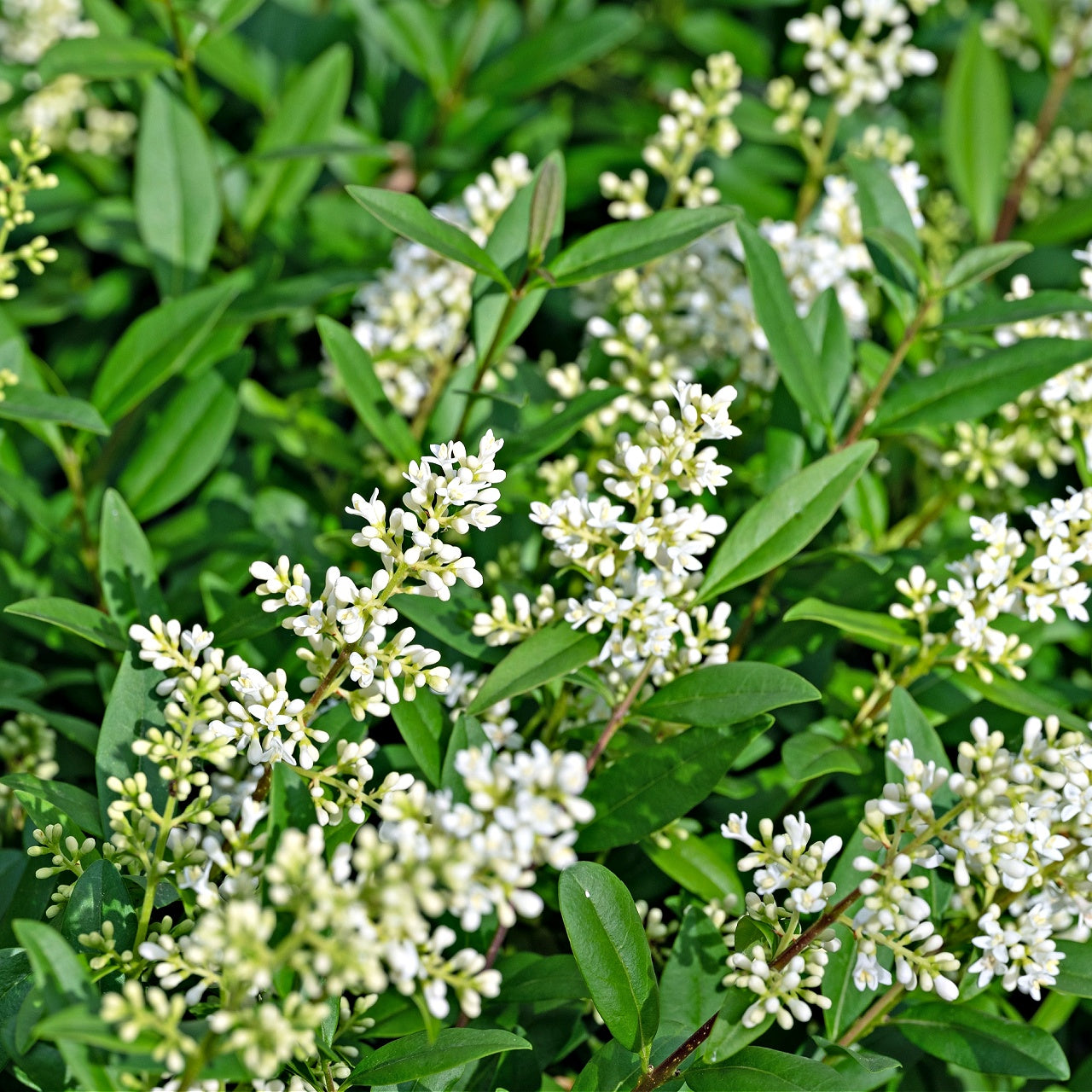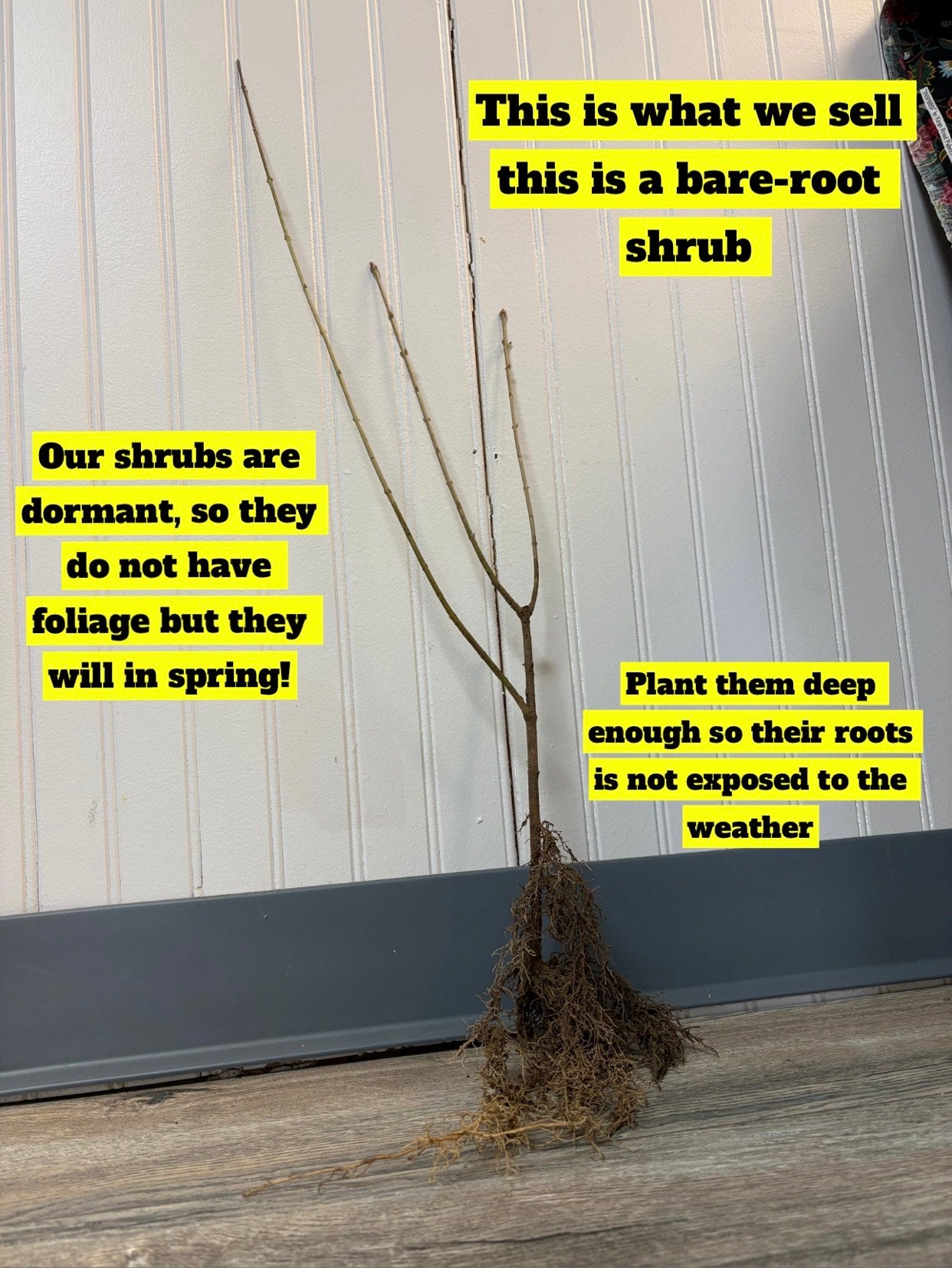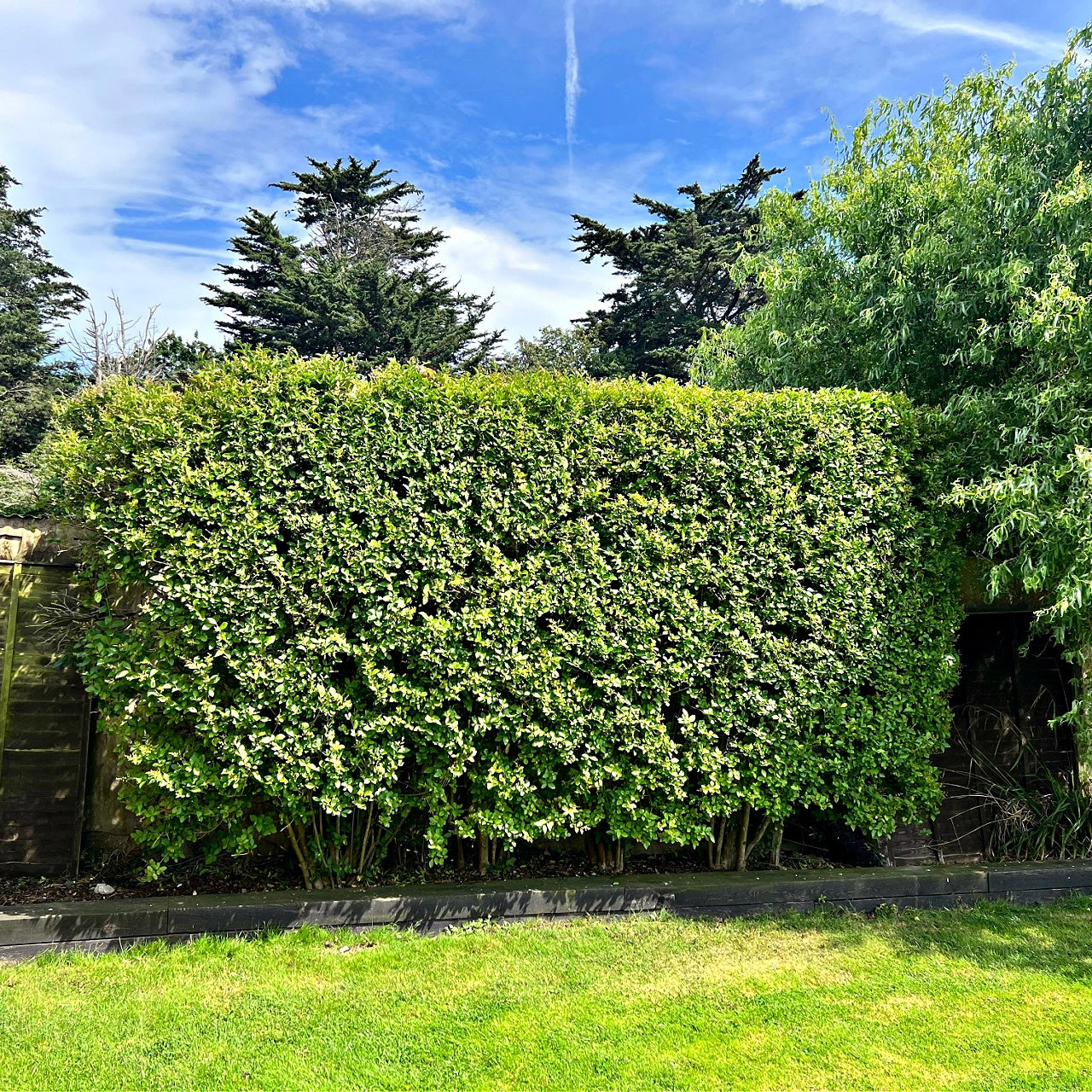
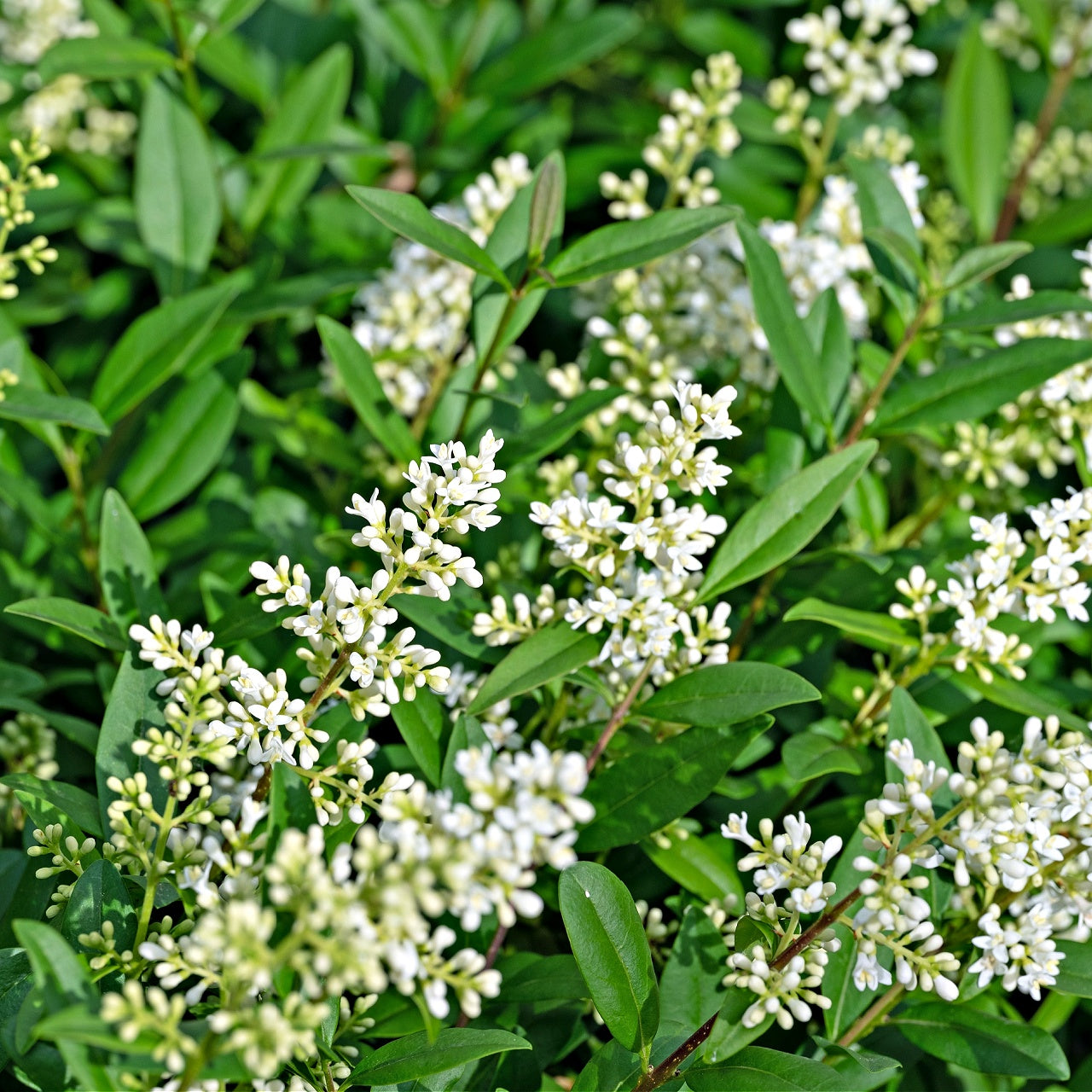
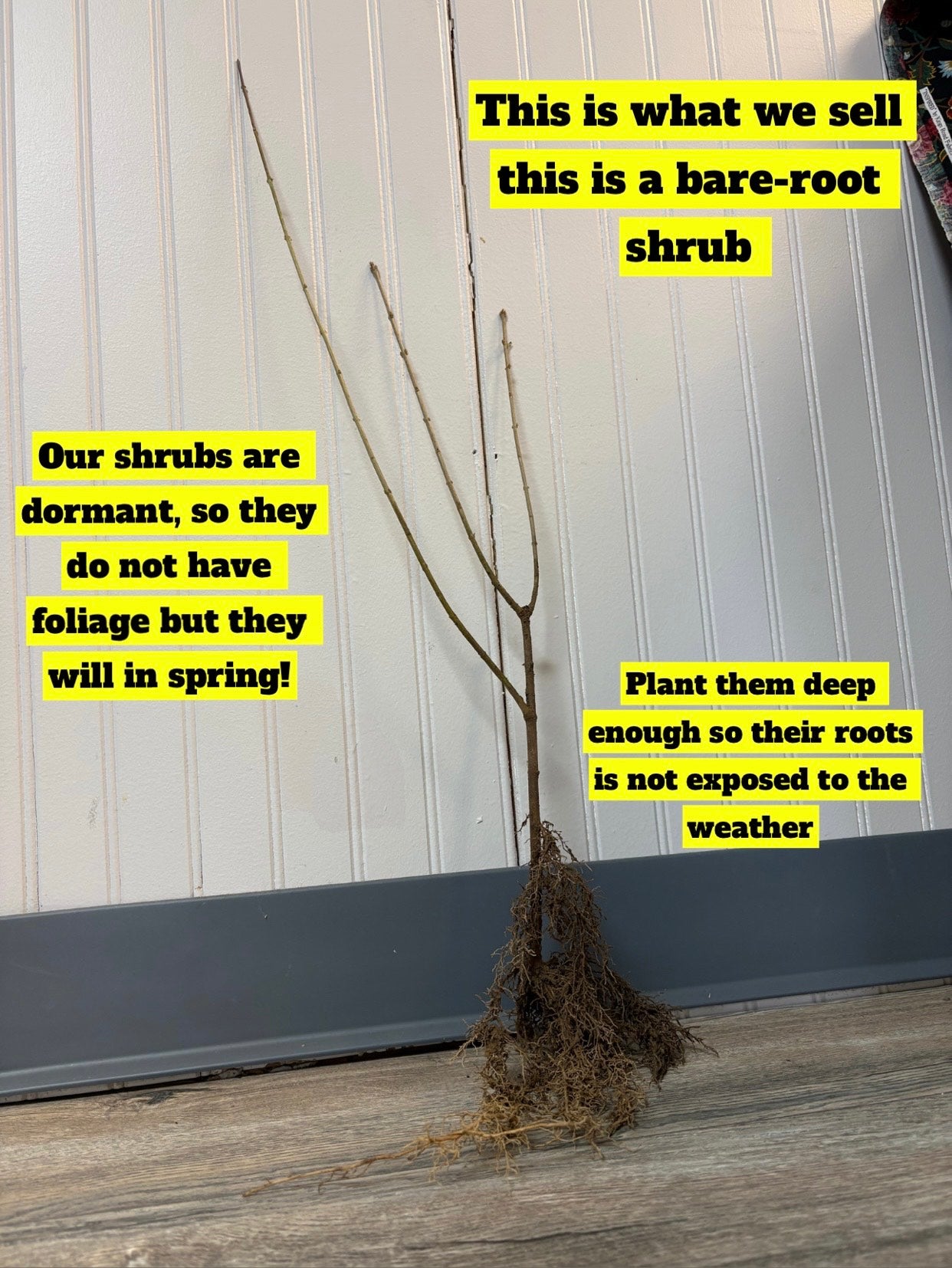
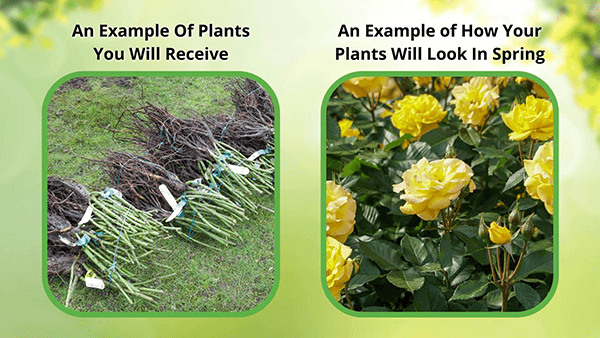
Removes & Absorbs Toxins
Improves Air Quality
Low maintenance & easy to grow
Buy Northern Privet Shrubs Online
Northern Privet shrubs are fast-growing, versatile evergreens, perfect for hedges, borders, and living fences. Originally native to Japan, they have become a popular choice in the U.S., thriving in USDA zones 5 through 8. Mature shrubs can reach 10 to 15 feet tall, offering dense foliage for privacy, noise reduction, and aesthetic appeal.
Appearance and Growth
These shrubs feature small, dark green leaves with greenish-yellow undersides. In fall, the foliage may turn yellow. This Shrub produces fragrant white flowers in late spring to early summer, arranged in tight 4-inch panicles. After flowering, the shrubs bear small black fruits with purple undertones. The dense foliage and upright growth make them ideal for hedges, screens, or accent plants.
Evergreen and Low-Maintenance
These shrubs are semi-evergreen and can grow up to 36 inches in a single season. They tolerate a wide range of soil types, including clay, loam, and sandy soils, and thrive in full sun to partial shade. These hardy shrubs are drought-tolerant, pollution-resistant, and resilient to urban conditions, making them perfect for city landscapes.
Use as a Living Fence
These shrubs create an excellent living fence, providing privacy, blocking noise, and enhancing the natural beauty of your yard. With proper planning, this Shrub's hedges can be shaped into formal or decorative designs. Regular pruning ensures dense growth and allows sunlight to reach lower branches. Their fast growth rate of up to 3 feet per year makes them an efficient solution for privacy screens.
Care and Maintenance
Water these shrubs during dry periods in spring, summer, and early autumn. Fertilize in early spring and fall using a 15-5-10 NPK formula, applying 0.7 pounds per 100 square feet at the base. Prune after flowering to maintain shape and remove dead material. Monitor for pests such as whiteflies, mites, and other insects, treating with appropriate remedies to ensure healthy growth.
Versatility and Landscaping Benefits
Northern Privet shrubs are excellent for residential or commercial landscapes. Their showy white flowers in spring and summer, dense foliage, and fast growth make them ideal for creating privacy screens, hedges, or accent borders. Whether used along streets, property lines, or garden beds, they combine practicality with year-round visual appeal.
This Is How Your Plants Will Look upon Delivery
Bloom Season
Bloom/Foliage Color
White
Shipping date depends on the date displayed and chosen when you order from the product's page.
We do not offer warranties on products after 5 days past receiving your plants.
Our Blogs
By signing up, you agree with our privacy policy.



